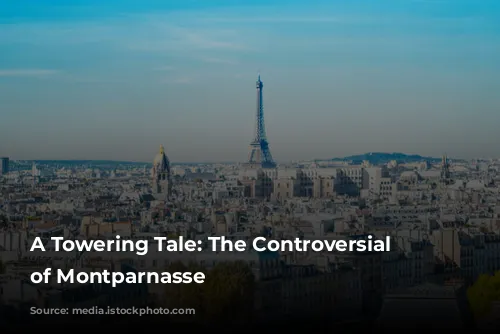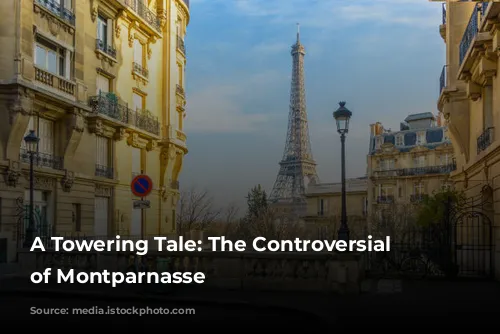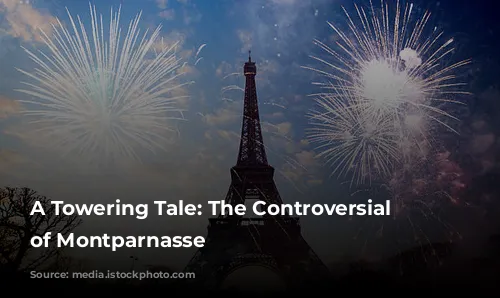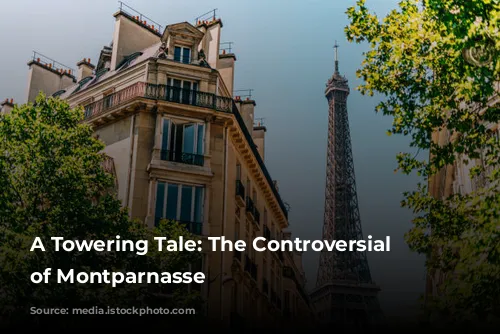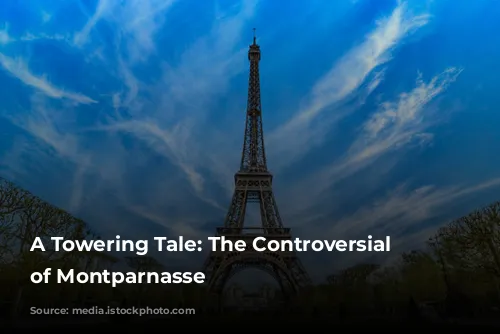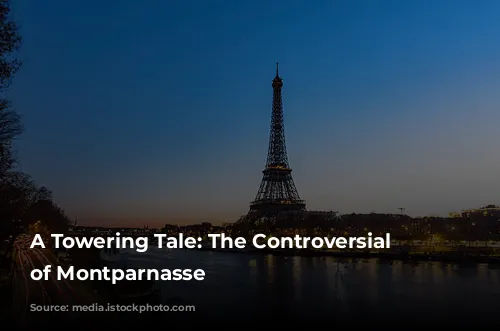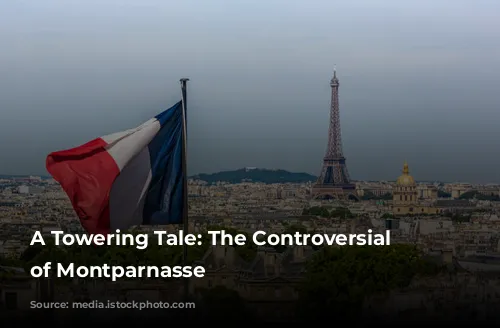Paris, a city famed for its elegant architecture, has a complicated relationship with tall buildings. This tale begins with the Montparnasse Tower, a 59-story skyscraper that has divided Parisians since its inauguration in 1973. Some adore its modern design and the views it offers, while others find it a jarring blemish on the city’s skyline.
![Construction of the Montparnasse Tower. Paris, FRANCE April 1973. (Newscom TagID: sipaphotos153312.jpg) [Photo via Newscom]](https://parisyougotme.com/wp-content/uploads/2024/09/a-towering-tale-the-controversial-history-of-montparnasse_172742325979463.webp)
A City in Transition
Paris’ architectural landscape has evolved throughout history. The city’s iconic Haussmannian buildings, with their uniform six-story facades, were born out of a desire for renewal. Baron Georges-Eugene Haussmann, tasked with transforming Paris in the mid-19th century, envisioned a grand, modern city free of the squalor and overcrowding that plagued its medieval past.
Haussmann’s vision involved sweeping changes: razing cramped streets, building wide avenues, constructing public squares, and creating a new sewer system. These efforts revitalized the city and established the architectural style that continues to define Paris today.
The desire for modernity resurfaced after World War II, leaving much of France in ruins. Reconstruction presented an opportunity to modernize, inspired by the skyscrapers rising in cities like New York and London. Montparnasse, a once vibrant hub for artists and writers, had become a neglected area. It was chosen as a site for urban renewal, offering a blank canvas for a modern metropolis.
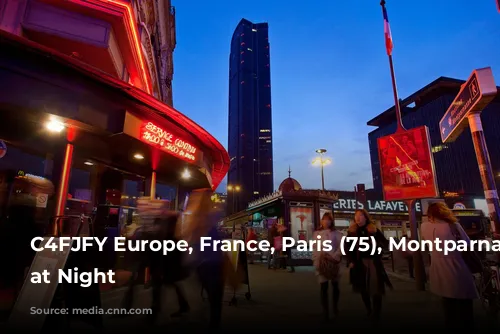
A Towering Divide
The Montparnasse Tower was conceived as a symbol of this modern era, a testament to France’s post-war economic boom. It was envisioned as a beacon for a new generation of businessmen, with offices, apartments, and a revamped train station. However, the tower quickly faced opposition from many Parisians, who found its imposing stature a stark contrast to the city’s traditional architecture.
The tower’s controversial height, a stark departure from the six-story buildings that dominate the city, fueled the public’s animosity. Many residents felt the tower was an eyesore, a colossal intrusion in a city known for its harmonious skyline.
Despite the opposition, the project moved forward. President Georges Pompidou approved the development in 1969, and the tower’s construction began. The completed tower, Europe’s largest at the time, only further solidified its status as a divisive symbol.
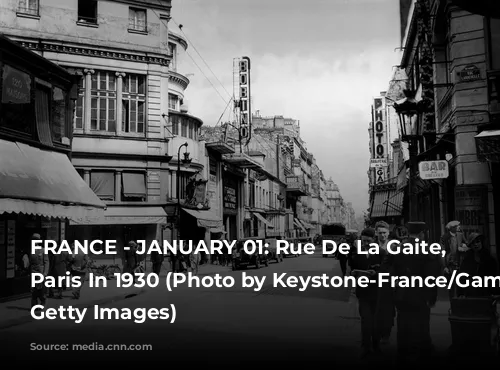
A Monument to Controversy
The backlash against Montparnasse Tower was so strong that Paris city council implemented a height restriction in 1977, limiting buildings to a maximum of 37 meters. This effectively banished skyscrapers from the city, relegating them to the suburbs.
The controversy surrounding the tower continues today. While some view it as a symbol of progress, others remain convinced that it disrupts the city’s visual harmony. The debate about skyscrapers in Paris has remained active, with supporters arguing that the city should embrace modern architecture and detractors clinging to the city’s traditional character.
The city’s decision to build Triangle Tower, a second skyscraper in Paris, re-ignited the debate. While it is expected to be completed in 2026, the future of skyscrapers in Paris remains uncertain. Will the city embrace the modern or remain loyal to its classical roots? Time will tell.
